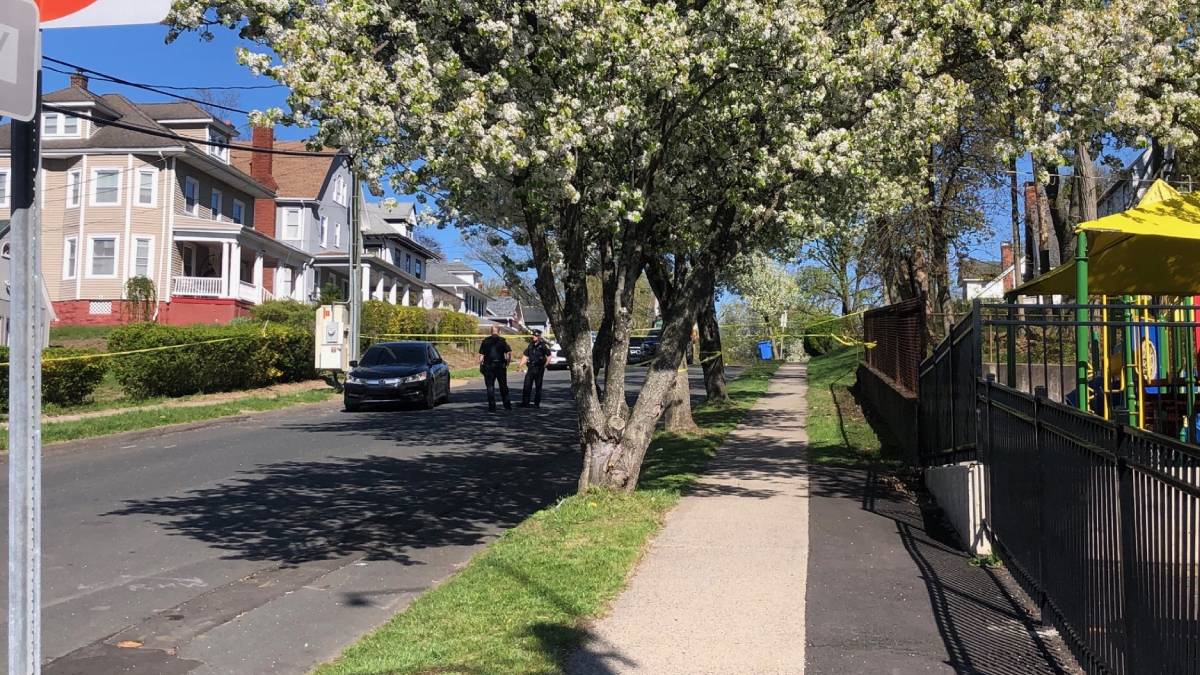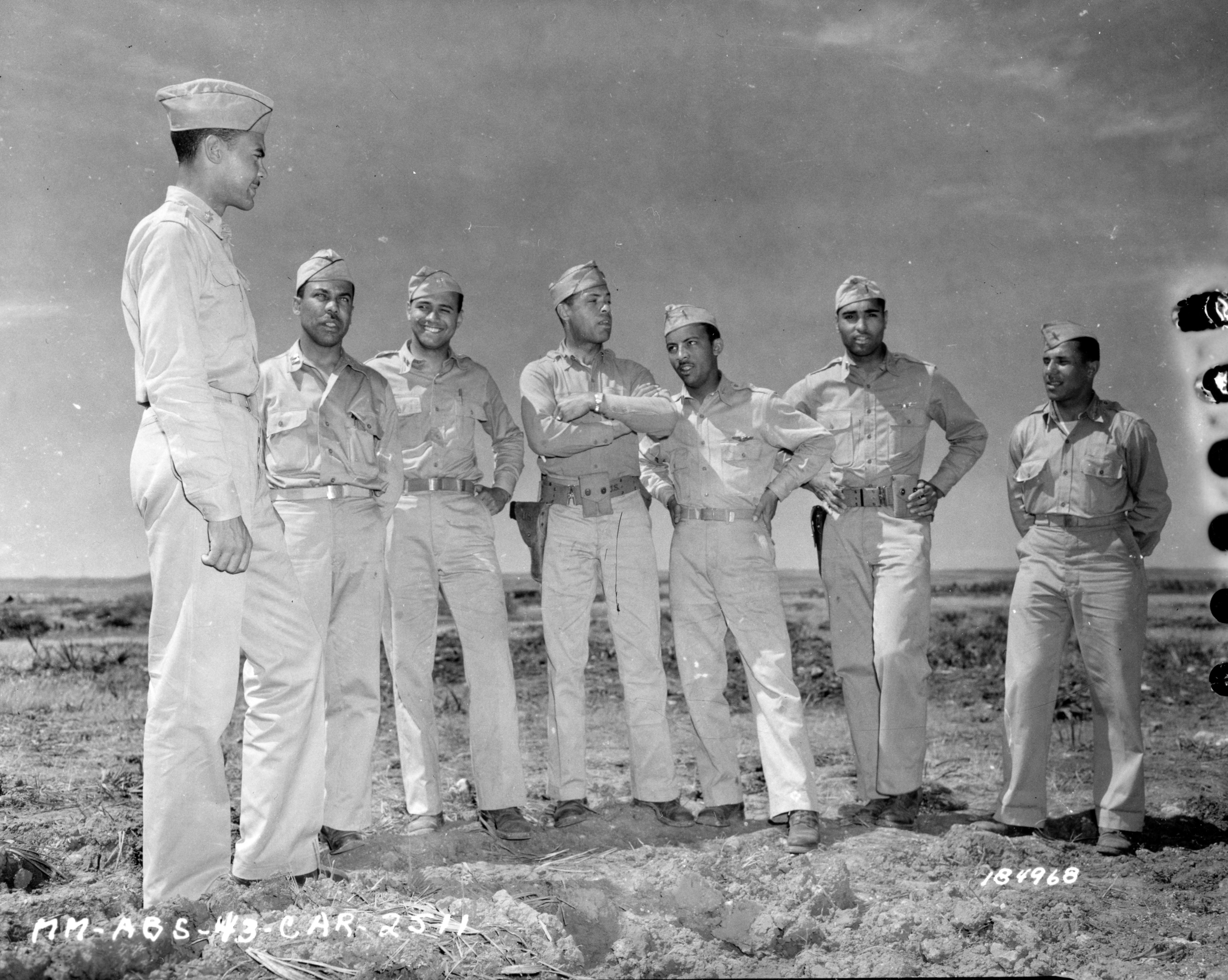Having a heart attack is a life-changing, potentially deadly occurrence, but two Connecticut men who have experienced heart failure have gone onto live meaningful lives for years.
That is thanks to a left ventricular assist device, or LVAD. They both received the implant through a program at Hartford Hospital.
The two men are from different parts of the world.
“I live in Waterbury,” Joe Miller said.
Get Connecticut local news, weather forecasts and entertainment stories to your inbox. Sign up for NBC Connecticut newsletters.
“Puerto Rico,” Alfred Torres Nales said.
They have different passions: traveling for Miller, and martial arts for Torres Nales.
Yet they both share something in common: each endured the terrifying moments of having a heart attack.
Local
“I was having no issues whatsoever, just going about my life. And then all of a sudden, I collapsed,” Miller said.
Miller was a newly retired high school teacher back in 2010 when he suffered back-to-back heart attacks.
“It was extremely frightening,” Nina Miller, his wife, said. “By the time he made it here, he was sedated.”
Torres Nales was in Puerto Rico when his attack struck in 2018.
“I was giving a martial art class. And I started to feel fatigued, and I lost my breath and I collapsed,” he said.
He was diagnosed with congestive heart failure in San Juan.
“I couldn't even lay down to sleep,” Torres Nales said. “I had to sleep in the living room in a recliner sitting up, because every time I lay back, I couldn't breathe.”
After doing online research, his family found the cardiology department at Hartford Hospital. It is what prompted him to move to Connecticut. And it was there that both patients met Dr. Jason Gluck and learned about the LVAD.
“It's a device that goes into the chest, implanted by our surgeons, it helps the blood go round and round. Then as the blood goes round and round, they feel better because they get oxygen and nutrients to their body,” said Gluck, medical director of the Mechanical Circulatory Support Program.
Hartford HealthCare has about 50 patients using the device. The technology continues to evolve with smaller pumps.
“This is what both patients have implanted in their hearts,” Amanda Maxfield, HHC LVAD coordinator, said showing the device. “It needs power connected to it at all times.”
Gluck hopes soon patient will no longer need to carry around the LVAD in a pack slung over their shoulders.
While getting the implant was a lifesaving decision, it did not come easily for Torres Nales, whose life is built around athletics.
“Once they had the LVAD installed, I actually admitted myself three times for suicide attempt, in the beginning, because as a martial artist, and very athletic, I thought my life was over,” he said.
He connected with Hartford HealthCare’s mental health team, who helped him understand that he can continue a normal life, including one with martial arts.
“I’m doing it now,” Torres Nales said. “This is a chance at life again, it's a second chance.”
Some people living with an LVAD, like Torres Nales, are waiting to get a transplant. Others decide to stay with the device long-term, like Miller.
“We've actually just had one patient recover, and have it decommissioned. So lots of opportunities for these patients,” Gluck said, while noting that scenario is rare.
Now 13 years after getting the implant, Miller is one of the longest living LVAD survivors in the country.
“When I got the LVAD, my internal organs started to come back in,” Miller said. “The doctors themselves were like, 'whoa!'”
With each pump in the heart, the device is giving the gift of time.
“We had just had our second grandchild, right before he had that heart attack,” Nina Miller said. “We got to watch both our grandchildren grow up and go on vacations with them. It’s an absolutely wonderful thing. Certainly, we want to see another 13 years.”



